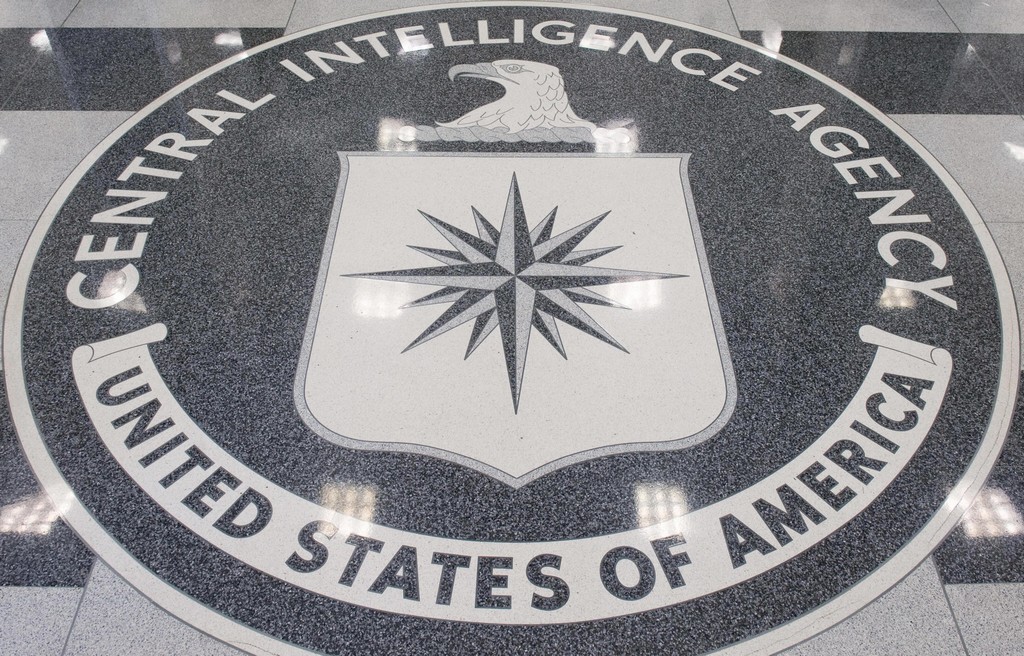By Daan de Wit
Translated by Ben Kearney
The CIA Red Cell recommendations for influencing the European public into continuing their support for the mission in Afghanistan was quite remarkable. But the reality is that the contents of the document prove the rule, not the exception.
From my book The Next War - The Attack on Iran - A Preview I took some excerpts that show that the CIA document is not quite unique: in a military conflict the first group of people that is targeted is the public. They are the first victims, for in a military conflict war is only one stage of the battle. The biggest battle is the one for the hearts and minds of the public at large.
 Starting on page 157: 'In 2002, prior to the war in Iraq, a strategic decision was made by Torie Clarke, Assistant Secretary of Defense for Public Affairs in the Pentagon. She made 'information dominance' her goal. It occurred to her that analysts, due to their independent expertise, often got more air time than journalists. For this reason she recruited retired military officers. These analysts were selected and personally vetted by Secretary of Defense Donald Rumsfeld. The 75 analysts who were selected were then briefed by the White House and pampered by the Pentagon.
Starting on page 157: 'In 2002, prior to the war in Iraq, a strategic decision was made by Torie Clarke, Assistant Secretary of Defense for Public Affairs in the Pentagon. She made 'information dominance' her goal. It occurred to her that analysts, due to their independent expertise, often got more air time than journalists. For this reason she recruited retired military officers. These analysts were selected and personally vetted by Secretary of Defense Donald Rumsfeld. The 75 analysts who were selected were then briefed by the White House and pampered by the Pentagon.
In the fall and winter of 2002 they received their talking points, which were in turn regurgitated by broadcasters and echoed throughout the land: Iraq is an acute danger because it possesses chemical and biological weapons and is developing nuclear weapons, which on an ill-fated day could be passed on to Al Qaida. An invasion of Iraq would mean a relatively quick and inexpensive war of liberation'.
'For the 'war of liberation' phase, Clarke developed another successful program. It contributed to the creation of a positive image of the war: the placement of five hundred journalists inside military units - so-called embedding. ‘I'm really happy that it has worked out so well,' said Clarke following the official part of the war against Iraq.
It was not the first time that Clarke has made a key contribution to the propaganda effort of an American war. In the lead up to the first Gulf War, she was the director of the Washington office of Hill & Knowlton, the PR firm that devised the notorious campaign about the non-existent murdered Kuwaiti incubator babies.
Fire
There is not only succes. The tide turns in April of 2006 when a number of generals openly criticize Secretary of Defense Donald Rumsfeld. That fire has to be put out. Seventeen analysts meet in the Pentagon for an emergency meeting together with the Secretary of Defense and General Peter Pace, Chairman of the Joint Chiefs of Staff. Afterwards Rumsfeld sums up the results and underscores two issues: 'Focus on the global war on terror, not simply on Iraq. The wider war, the long war' and: 'Link Iraq to Iran. Iran is our concern. If we fail in Iraq or Afghanistan, it helps Iran'.
The program is part of a larger entity in which bloggers, think tanks, corporate leaders and educators are also involved. It consists of four components: a team that spreads information via the new media, such as the internet and mobile phones; a Rapid Response team that has to respond quickly to negative news about the American military; a unit that organizes the TV bookings for the analysts, and a fourth group of Pentagon staffers concerned with supplying the appropriate information to the analysts.
A company called Omnitec Solutions kept track of the effectiveness of the analysts by meticulously following all of the possible media that the members of this group used to present their views. Their research showed that the analysts were reciting their new talking points loud and clear in the media. The fire dies out'.

 mail dit artikel
|
mail dit artikel
|
 print
|
print
| 
 | DeepJournal
| DeepJournal
 Starting on page
Starting on page